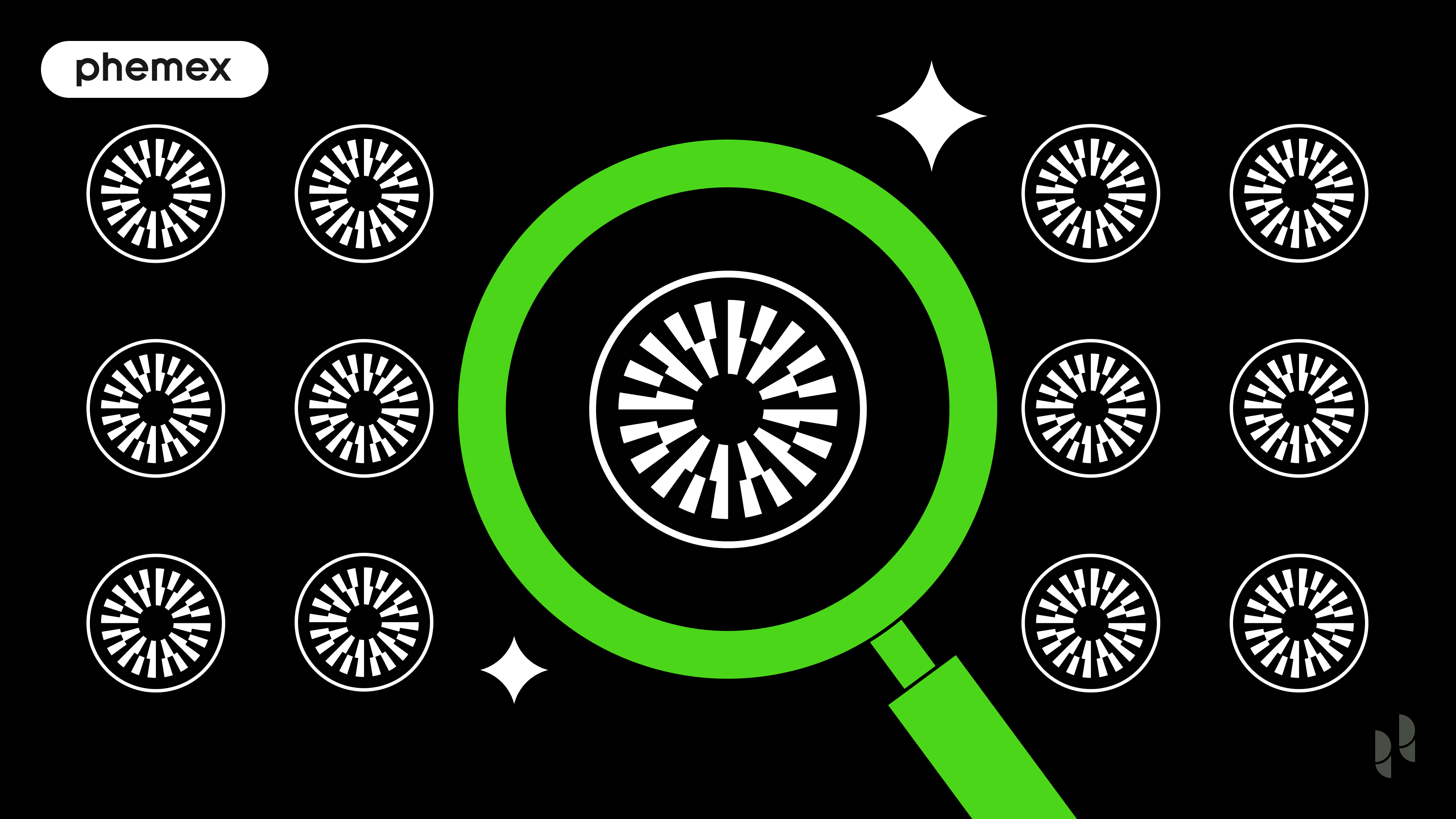Introduction
Mantle Network (MNT) is a next-generation Layer-2 solution for Ethereum, leveraging Optimistic Rollups and modular architecture to deliver faster, cheaper, and scalable transactions. The $MNT token powers this ecosystem, enabling governance, staking, and fee payments. Backed by the $200M Mantle EcoFund, Mantle is gaining traction as a high-performance platform for developers and investors. This Phemex Academy guide explores Mantle Network, the $MNT token's role, and its market status.

Summary Box (Quick Facts)
-
Token Name: Mantle
-
Ticker: MNT
-
Type: Utility and governance token
-
Chain: Mantle Network (Ethereum L2)
-
Contract Address: 0x3c3a81e81dc49a522a592e7622a7e711c06bf354
-
Total Supply: 6,210,000,000 MNT
-
Circulating Supply: 3,250,000,000 MNT
-
Current Market Cap: $5,190,000,000
-
Fully Diluted Valuation (FDV): $9,930,000,000
What Is MNT?
Mantle Network is an EVM-compatible Layer-2 scaling solution for Ethereum, designed to provide low-cost and efficient transactions. It utilizes a modular architecture to separate execution, consensus, settlement, and data availability, enabling compatibility with Ethereum tools while reducing fees. The $MNT token is used for governance, staking, and network fees. Mantle inherits Ethereum's security, making it suitable for DeFi and dApps. Beginners can stake $MNT for rewards, while developers deploy Ethereum contracts with minimal changes.
What is the Mantle Network?
Mantle Network is built as a rollup, utilizing Ethereum validators for security. It features modular data availability with EigenDA technology, achieving over 90% cost savings compared to Ethereum L1. This setup reduces latency and increases throughput, supporting mass-adopted dApps.
Mission
Mantle aims to offer users a cost-effective and user-friendly experience, developers a flexible environment, and a comprehensive infrastructure for next-generation dApps.
Why MNT Stands Out
$MNT stands out for its role in a high-performance L2, offering governance and staking rewards. Its modular design and Ethereum security make it a leader in scaling solutions, backed by the $200M Mantle EcoFund for ecosystem growth.
How Many MNT Tokens Are There?
-
Total Supply: 6,210,000,000 MNT
-
Circulating Supply: 3,250,000,000 MNT
-
Market Cap: $5,240,000,000
-
FDV: $10,020,000,000
-
Price: $1.61
-
All-Time High: $1.67 (-3.22%)
-
All-Time Low: $0.3136 (+414.04%)
What Does MNT Do?
$MNT serves as the utility token for Mantle Network, with functions including:
-
Governance: Token holders vote on network parameters and proposals.
-
Staking: Stake $MNT to secure the network and earn rewards.
-
Fee Payments: Used for transaction fees and data availability costs.
These utilities make $MNT essential for network operations and user participation.
Mantle Network vs. Arbitrum (ARB)
|
Feature |
Mantle Network ($MNT) |
Arbitrum ($ARB) |
|---|---|---|
|
Core Technology |
Modular L2 rollup with EigenDA |
Optimistic rollup with EVM |
|
Primary Use Case |
Scaling for DeFi and dApps |
General Ethereum scaling |
|
Transaction Speed |
High throughput with low latency |
High speed with fraud proofs |
|
Fee Structure |
Low fees via modular DA |
Low fees with L2 optimization |
|
Decentralization |
Inherits Ethereum security |
Inherits Ethereum security |
|
Interoperability |
EVM-compatible with EigenDA |
EVM-compatible with bridges |
What Sets $MNT Apart
$MNT’s modular architecture and EigenDA provide cost savings and efficiency, distinguishing it from Arbitrum’s fraud-proof focus.
The Technology Behind Mantle Network
Mantle Network uses a modular design, with an EVM-compatible execution layer, Ethereum for consensus/settlement, and EigenDA for data availability, achieving 90% cost savings.
Core Features
-
Modular Architecture: Separates execution, consensus, and storage for efficiency.
-
Optimistic Rollup: Reduces fees while inheriting Ethereum security.
-
Data Availability: EigenDA offers low-cost DA.
Team & Origins
Mantle Network originated from BitDAO's migration to $MNT, focusing on Ethereum scaling. Team details are not public, but it's supported by partnerships like EigenLayer, Polychain, Dragonfly, Mirana Ventures, and Bybit.
Key News & Events
-
2022: Mantle Network founded as Ethereum L2.
-
2025: Migrated from BitDAO, expanding the $200M EcoFund for Web3 projects.
Is $MNT a Good Investment?
$MNT’s investment potential depends on factors like:
-
Market Context: Ethereum scaling demand, with Mantle’s modular DA addressing costs.
-
Technical Progress: EVM compatibility and EigenDA integration offer innovation.
-
Adoption: 3.25B circulating supply and $666M volume indicate interest.
-
Risks: Volatility and competition from other L2s.
-
Considerations: Recent migration from BitDAO adds liquidity. The 6.21B supply could affect value.
Research thoroughly, as outcomes depend on market conditions.
FAQ Section
-
What is the Mantle Network? An EVM-compatible L2 scaling solution for Ethereum.
-
What is $MNT? A utility token for governance, staking, and fees.
-
How does Mantle differ from Ethereum? Mantle offers lower fees and modular DA while inheriting Ethereum security.
Conclusion
Mantle Network ($MNT) is an EVM-compatible L2 solution for Ethereum, offering low-cost transactions through modular architecture. With $MNT for governance and staking, it supports DeFi growth. While promising, the large supply warrants caution. Stay informed as Mantle evolves.








